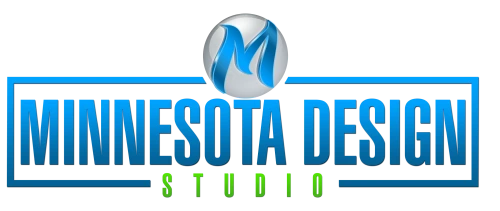W3C Design Standards
Sticking With The Standards
Whatever their technology, software, language, location, or ability, everyone can use the Web because it is essentially built to operate for everyone. When the Web achieves this objective, users with a wide variety of hearing, movement, sight, and cognitive abilities can access it.
So how do we deal with this diversity?
The best course of action is to adhere to the standards outlined by the World Wide Web Consortium (W3C). Our main method for guaranteeing that the site is compatible with all standards-compliant browsers (which represents about 99% of current browsers in use) is to adhere to web standards. Additionally, making material future-proof is beneficial as web standards and browser capabilities develop.
The idea of standards compliance may seem obvious now, but in the past, everyone—including the companies that made the most widely used browsers—played fast and loose with HTML and scripting. Incompatible browser implementations and the necessity of building websites twice to make them accessible to everyone were the price we had to pay. You can learn more about web standards below. Web standards are your buddies.
HTML & CSS
The two key technologies for creating Web pages are HTML (HTML and XHTML) for structure and CSS (including WebFonts) for style and layout. Find tools and information for effective Web page design.
JavaScript Web APIs
For the creation of client-side web applications, standard APIs for geolocation, XMLHttpRequest, and mobile widgets are available. Using scripting, content providers are able to build interactive documents thanks to W3C standards for document models (the “DOM”) and technologies like XBL.
Graphics
The widely used PNG raster format, SVG vector format, and Canvas API are all produced by W3C. A more specific version called WebCGM is employed in industries like automobile engineering and aviation.
Audio and Video
HTML, SVG, and SMIL are a few of the W3C formats that make it possible to compose audio and video presentations (for synchronization). A timed text format for captioning and other applications is also being developed by W3C.
Accessibility
To assist authors in producing information that is accessible to those with impairments, the W3C Web Accessibility Initiative (WAI) has developed Web Content Accessibility Guidelines (WCAG). By offering more semantic information about widgets and behaviors, WAI-ARIA provides authors with more tools for building accessible Web Applications.
Internationalization
The goal of W3C is to create technology that is usable in all languages and cultures. For instance, Unicode serves as the foundation for W3C standards like HTML and XML. Additionally, the W3C has released author guidelines for language tags, bi-directional (bidi) text, and other topics.
Mobile Web
W3C advocates for a “One Web” that works on all platforms. The W3C’s Mobile Web Best Practices guide writers on how to produce content that offers a respectable experience across a range of devices, contexts, and locales.
Privacy
The Web is an effective tool for all types of communications and transactions. The privacy and security concerns of the Web must be taken into account while designing new technology. Find out more about Web app security and tracking.
Math on the Web
For corporate reports, educational products, and scientific research, math and formulas are employed online. The World Wide Web can now serve, receive, and analyze mathematical content thanks to W3C’s MathML, just as HTML has done for other kinds of content.



